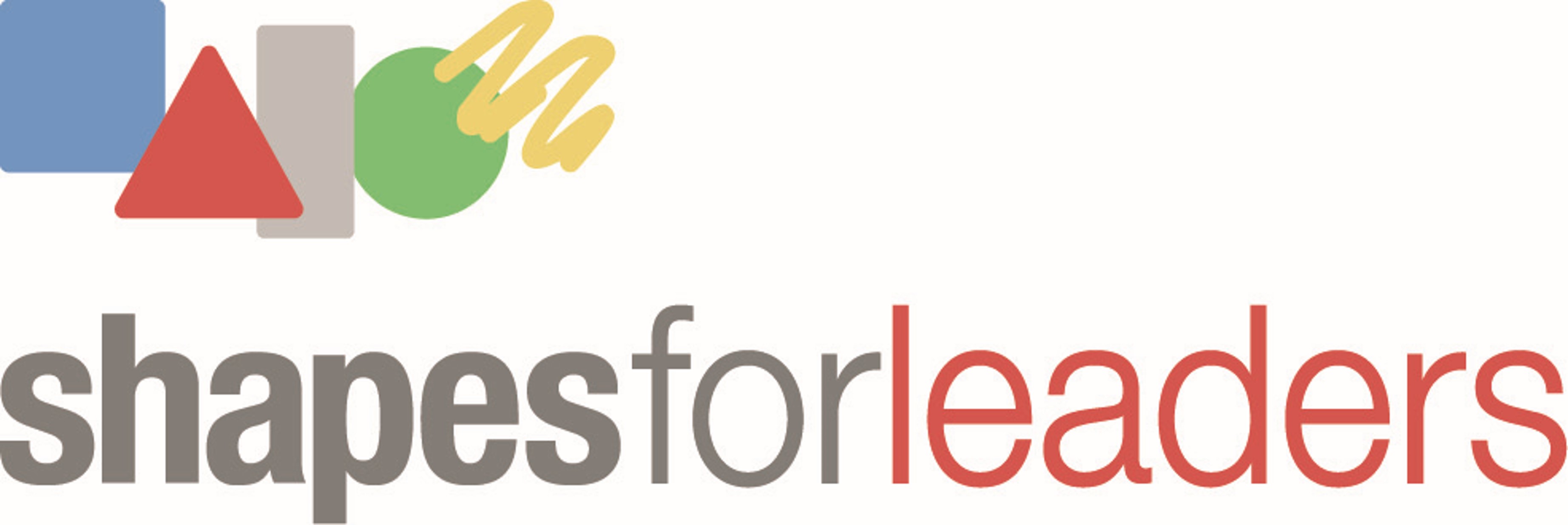

Monday, June 23, 2025
The Strategic Shaping Model provides a "5-step process" for problem-solving, planning, and conflict resolution. Obviously, there are times when the situation does not call for all five steps, but it is wise to consider the value that each Shape brings to effective communication.


Without considering all five Shapes, our communication tends to consist of mostly (or only) our primary and/or secondary Shapes. It's what's natural. In fact, when someone comes to you with a problem, what's your initial response?
- The Box remains calm and asks for the facts.
- The Triangle moves quickly to solve it!
- The Circle listens, relates, and/or shows compassion.
- The Squiggle shares an idea, and then another idea.
But what if you learn the art of using all five Shapes, starting with one of the learned phrases of assuming the Rectangle, "Tell me more"? Remember, the Rectangle is not a primary or secondary Shape but rather a transitional Shape. It can be experienced consciously or unconsciously during times of change and growth, but in the case of the Strategic Shaping Model, the Rectangle is used intentionally as a learned skill set for understanding.
Once you Rectangle listen with an open-mind to ensure you have a correct understanding, you then use the other four Shapes, starting with a touch of Circle care, Box facts, Squiggle ideas, then Triangle action to help solve the problem. Whether you are problem-solving, planning, or looking for conflict resolution, the Strategic Shaping Model reminds you to consider the contribution, impact, and potential value of each Shape.
Below you will find "Strategic Shaping Scenario #1" from our Shapes for Leaders curriculum.

1. How might you naturally respond using only your primary and secondary Shapes?
2. How might your response look or sound differently using all five Shapes, and in the suggested order, of the Strategic Shaping Model?
note: not every situation will call for the use of all five Shapes, nor will you always use all five Shapes in the recommended 1-5 order. These instances require situational leadership, commonly defined as a leadership style that involves adjusting your approach to the situation at hand. In other words, no one leadership style or approach is right for every situation, but the Strategic Shaping Model is a good place to start for most.
If you want to learn more about other PsychoGeometrics resources, including our online DIY modules, upcoming certification online classes, or how we can customize a team-building workshop for your group, feel free to reach out to me directly. Our team truly loves helping people leverage their Shapes for effective and influential communication!
Susan Hite, CEO, PsychoGeometrics, The Science of Behavior - The Art of Communication